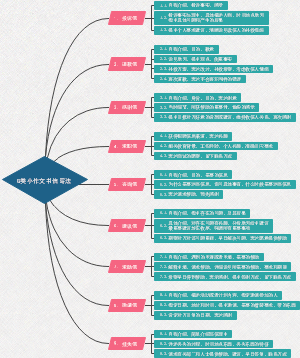导图社区 Vitamin D Supplementation and
- 10
- 0
- 0
- 举报
Vitamin D Supplementation and
这是一篇关于Vitamin D Supplementation and 的思维导图,主要内容包括:Discussion,Results,Methods,Background。
编辑于2024-10-11 20:39:48- 维生素
- Vitamin
- Discussion
- 相似推荐
- 大纲
Vitamin D Supplementation and Prevention of Type 2 Diabetes
Background
Observational Studies
Association: Observational studies support an association between low blood 25-hydroxyvitamin D level and the risk of type 2 diabetes.
Unknown Effect: However, it is unknown whether vitamin D supplementation lowers the risk of diabetes.
Biological Plausibility
Pancreatic Beta-Cell Function: Vitamin D status may influence the risk of type 2 diabetes due to its reported effects on impaired pancreatic beta-cell function.
Insulin Resistance: Low blood 25-hydroxyvitamin D levels have been associated with insulin resistance.
Methods
Trial Design
Randomized, Double-Blind, Placebo-Controlled: The trial was designed as a randomized, double-blind, placebo-controlled clinical trial.
Vitamin D Dose: Participants received 4000 IU of vitamin D₃ or placebo daily.
Target Events: The trial was event-driven, with a target number of 508 diabetes events.
Participants
Prediabetes Criteria: Adults who met at least two of three glycemic criteria for prediabetes were included.
Age and BMI: Participants were aged 30 years or older (25 years or older for specific ethnic groups) with a BMI of 24 to 42 (22.5 to 42 for Asian Americans).
No Vitamin D Insufficiency: Participants were not selected for vitamin D insufficiency.
Intervention and Procedures
Randomization: Participants were randomly assigned to receive vitamin D₃ or placebo.
Follow-up: Follow-up visits occurred at 3 months, 6 months, and twice per year thereafter.
Adherence: Participants were asked to refrain from using diabetes-specific or weight-loss medications and to limit outside-of-trial vitamin D to 1000 IU per day.
Outcomes
Primary Outcome: The primary outcome was new-onset diabetes, based on annual glycemic testing.
Safety: Safety was assessed by participant reports and annual fasting measurements of serum calcium, serum creatinine, and morning spot urine calcium:creatinine ratio.
Results
Participants
Randomization: A total of 2423 participants were randomized (1211 to the vitamin D group and 1212 to the placebo group).
Baseline Characteristics: The mean age was 60.0 years, mean BMI was 32.1, and mean glycated hemoglobin level was 5.9% (48 mmol/mol).
Primary Outcome
Diabetes Incidence: Diabetes occurred in 293 participants in the vitamin D group and 323 in the placebo group (9.39 and 10.66 events per 100 person-years, respectively).
Hazard Ratio: The hazard ratio for vitamin D compared with placebo was 0.88 (95% confidence interval, 0.75 to 1.04; P=0.12).
Adherence
Overall Adherence: Overall adherence to the trial regimen was high (85.8% of prescribed pills were taken).
Nonadherence: More participants in the vitamin D group stopped trial pills (11.3%) than in the placebo group (8.9%).
Safety
Adverse Events: There were no significant differences in protocol-specified adverse events between the two groups.
Discussion
Trial Strengths
Contemporary Glycemic Criteria: The trial used contemporary glycemic criteria to assemble a diverse cohort at high risk for diabetes.
High Adherence: Overall adherence was high, and the use of off-protocol concomitant therapies was low.
Limitations
Adequate Vitamin D Levels: A high percentage of participants had adequate levels of vitamin D, which may have limited the ability to detect a significant effect.
Power: The trial was not powered to detect smaller effect sizes (10 to 15%).
Conclusions
No Significant Reduction: Among persons at high risk for type 2 diabetes not selected for vitamin D insufficiency, vitamin D₃ supplementation at a dose of 4000 IU per day did not result in a significantly lower risk of diabetes than placebo.
Potential Smaller Effect: Vitamin D supplementation may have a smaller effect size on diabetes risk reduction.









